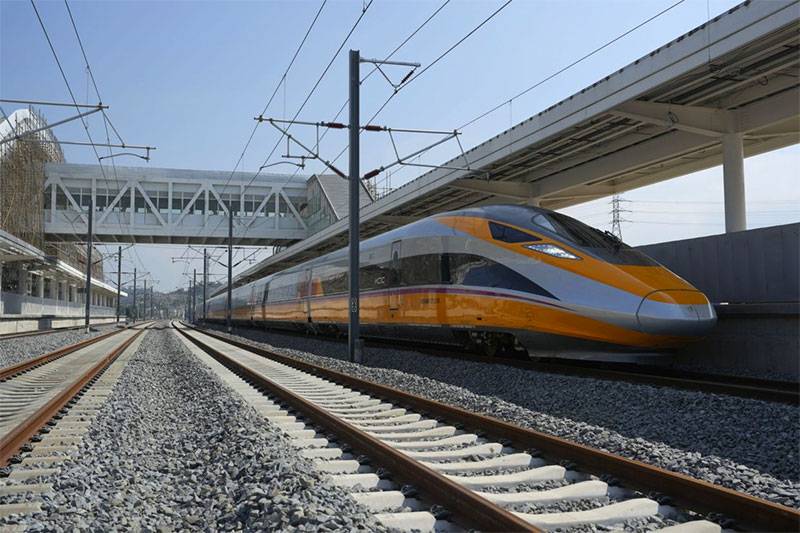
China leads the Way
To lift, propel, and guide a vehicle along a rail (or guideway), maglev trains, as the name suggests, use magnetic propulsion forces: magnetic poles repel and opposite magnetic poles attract. Superconducting materials, such as electromagnets, diamond magnets, and rare-earth magnets, can be used to drive maglev trains and make them levitate.
In July, China Railway announced that it had completed performance testing of new state-of-the-art components critical to the CR450 high-speed trains. Speeds of over 400 km/h were reported to have been achieved. The speed of the high-speed trains generally settled at 450 km/h, marking another milestone in China’s world-leading high-speed technology.
The new technology components underwent thorough performance tests and showed excellent performance on various indicators. According to China Railway, this performance marks a significant step forward in the development of the CR450 high-speed train and lays the foundation for the implementation of the CR450 technology innovation project.

A Look at the Competition
According to Sun Zhang, a railway expert at Tongji University in Shanghai, recent speed increases, including the current CR450 project, have maintained China’s lead in operating the world’s fastest trains, in contrast to the six major speed increases between 1997 and 2007, when China was still trying to catch up with the world leaders.
Your Wealth, Our Priority: Altoo's Consolidation Power, Secure Document Management, and Seamless Stakeholder Sharing for High Net Worth Individuals. Preview Platform.
The latest Chinese achievement, the CR450 train, with a speed of 453 km/h, outperforms high-speed trains currently running around the world.
While Italy’s Frecciarossa was designed to travel at 400km per hour, South Korea’s KTX high-speed network can reach speeds of 421km per hour.
The Japanese Shinkansen, also known as a bullet train, was introduced in 1964 and reached a top speed of 220 km/h. Nowadays, modern trains can reach speeds of 320 km/h.

Further Investment in Infrastructure
The People’s Republic of China has also made enormous progress in regional and international transport networks. For example, the two largest metro networks in the world have been built in Shanghai and Beijing, and in just ten years, twice as many high-speed lines have been built in China as in the rest of the world combined since 2008. By 2035, China’s high-speed lines are to be doubled again from the current 35,000 kilometres to ensure that all cities in China with over 500,000 inhabitants are connected to the high-speed network. Between 2005 and 2015, it is estimated that more than 320 billion euros were invested in the expansion of the Chinese high-speed network for this reason. Not only the central government but also the local governments bear these costs.
Sun said that further increasing the speed after reaching a certain speed will not be an easy task. He stressed that the CR450 at 50 km/h will be another leap in quality and a milestone in the development of China’s high-speed rail, according to Global Times.



